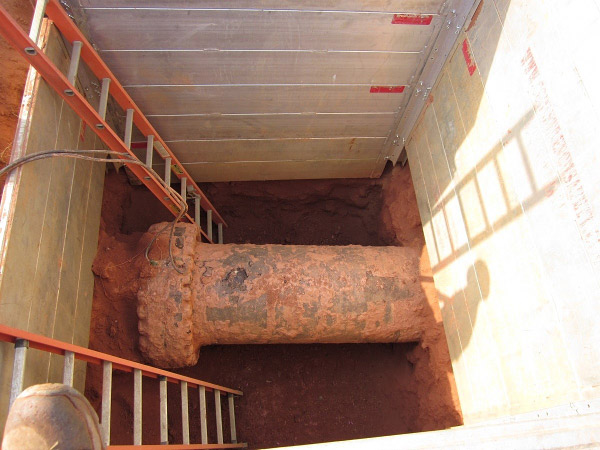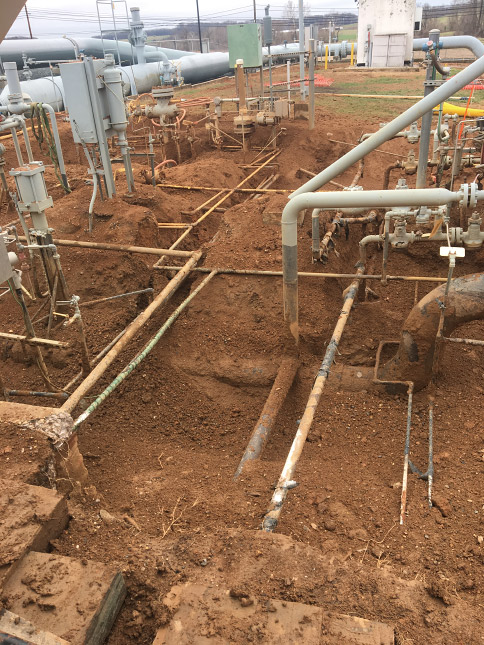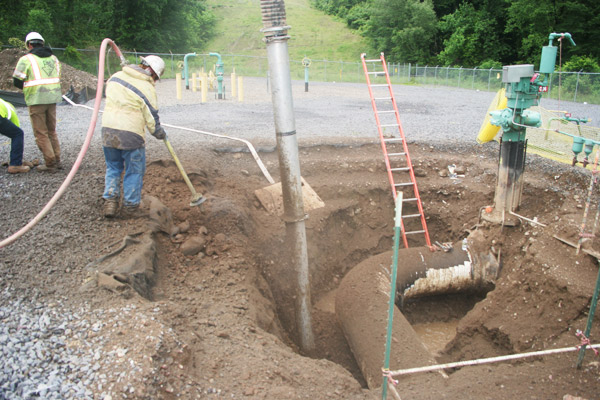
|
Point Integrity Solutions, LLC
“Solutions in Pipeline Safety”
|
609-859-4323 |

|
Point Integrity Solutions, LLC
“Solutions in Pipeline Safety”
|
609-859-4323 |


Air is the most common method for two reasons:
We use large orifice air lances driven by large air compressors—750 CFM or larger—to greatly speed excavation efficiency.
Water works very well in breaking up soils and speeding excavation, but care must be used when excavating around electrical cables and non-metallic conduit as damage can be caused by the high pressure stream. Spoil excavated with water generally does not work well for immediate backfill. If the spoil will be stockpiled for some time, the water will evaporate and the spoil will be good for backfilling at a later time. The Vactor HXX Vacuum Excavator has a 1300 gallon water tank on board to keep a ready supply of water for this purpose.
Thanks to the Hibon positive displacement blower, the Vactor HXX produces 28" Hg and 5150 CFM, giving it the ability to excavate at incredible depths and over long distances through a vacuum hose. Before you know it, the 12 cubic yard dump body is filled up.
 |

|